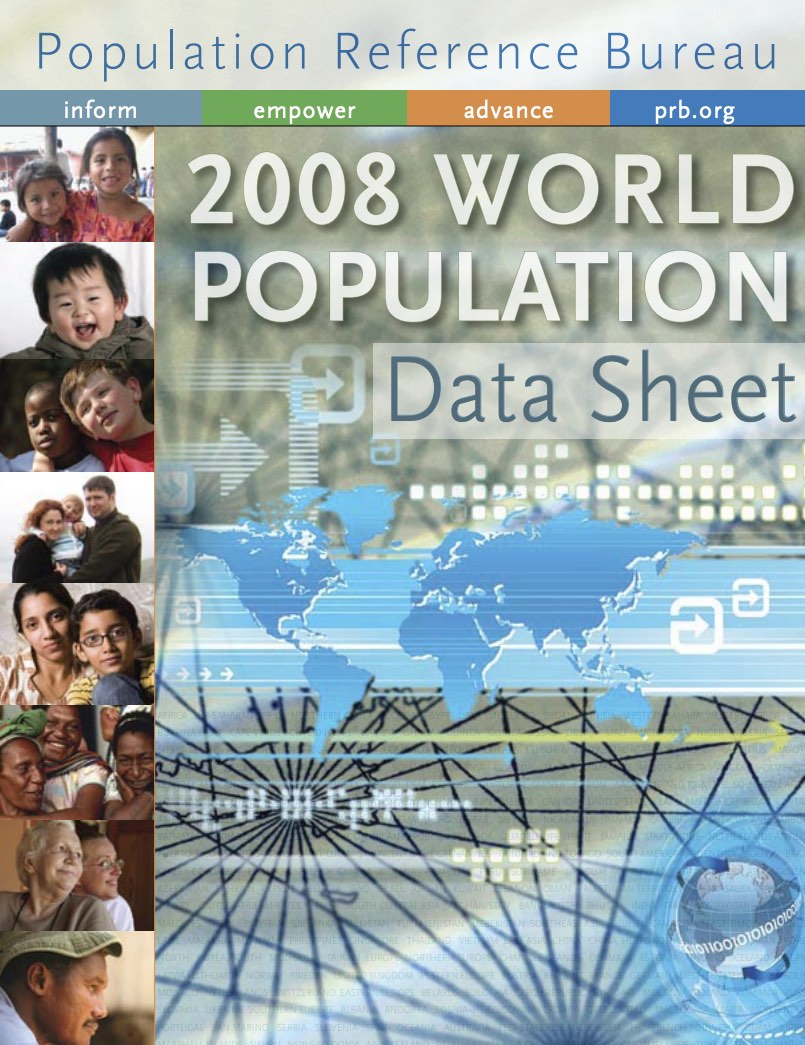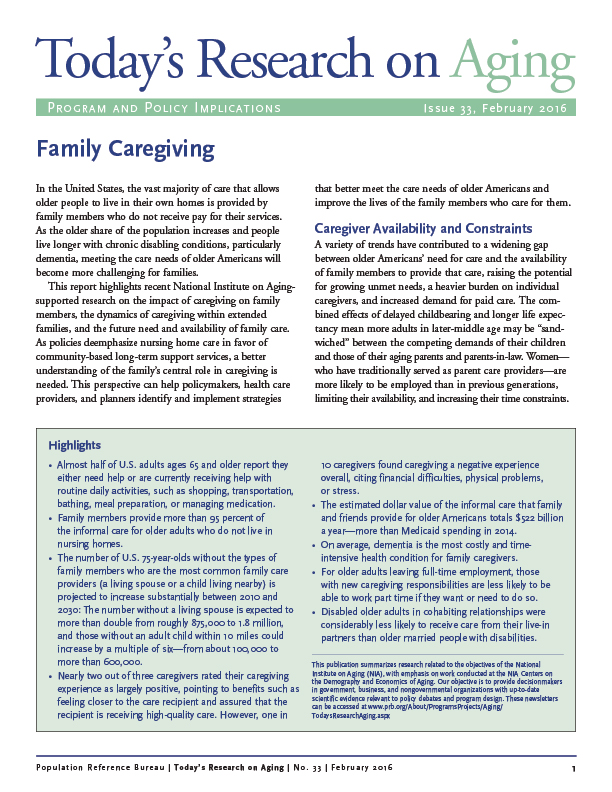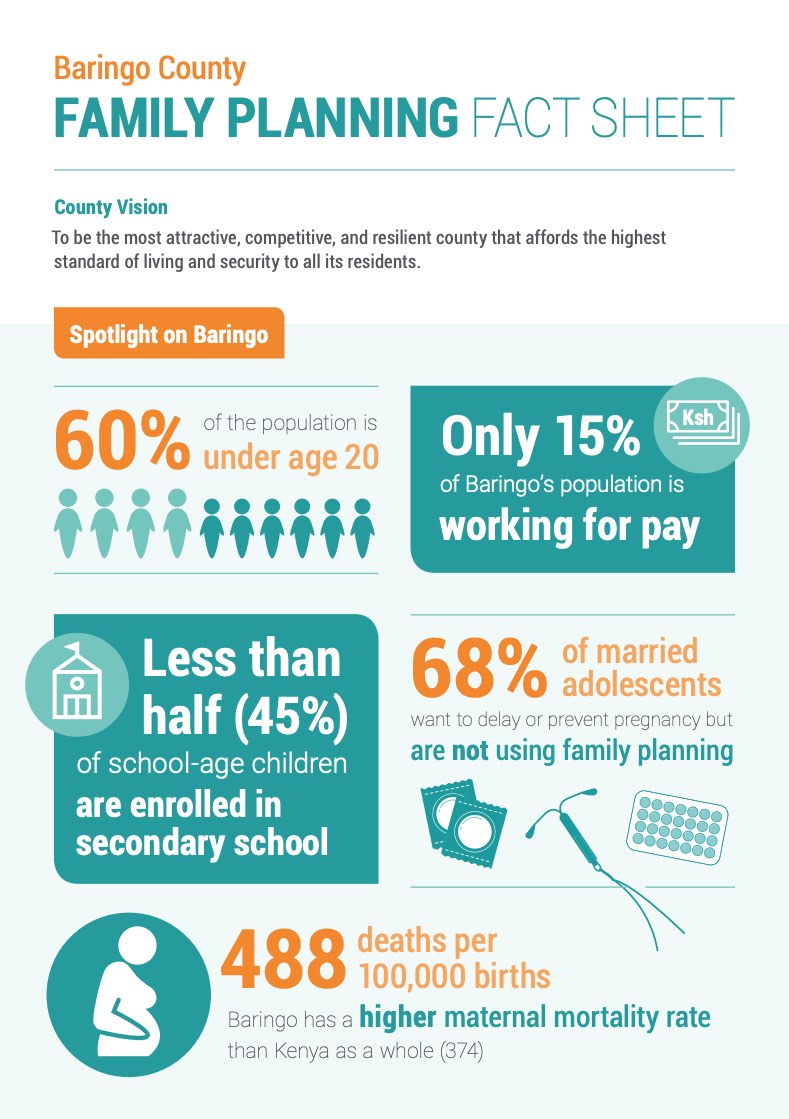Urbanization: An Environmental Force to Be Reckoned With
(2004) Human beings have become an increasingly powerful environmental force over the last 10,000 years. With the advent of agriculture 8,000 years ago, we began to change the land.1
(2004) Human beings have become an increasingly powerful environmental force over the last 10,000 years. With the advent of agriculture 8,000 years ago, we began to change the land.1

(2008) The demographic divide—the inequality in the population and health profiles of rich and poor countries—is widening.
(2003) Since gaige kaifang or "reform and opening" began in 1979, China has moved to integrate itself into the global economic system, attracting foreign investment and exporting its goods to the world. For this country of 1.3 billion people, economic integration has also required unprecedented mobility of its people and exposure to travelers from other countries.

Project: Demography and Economics of Aging and Alzheimer’s Disease
(2016) In the United States, the vast majority of care that allows older people to live in their own homes is provided by family members who do not receive pay for their services. As the older share of the population increases and people live longer with chronic disabling conditions, particularly dementia, meeting the care needs of older Americans will become more challenging for families.

Project: Demography and Economics of Aging and Alzheimer’s Disease
Experts point to key dynamics challenging policymakers, health care planners, and families

Self-care approaches can offer women more control over their lives.

(2020)The past two decades have been tumultuous for the United States. During the first 20 years of the 21st century, the nation experienced a major terrorist attack, a housing market meltdown, a severe economic recession, a significant downturn in the stock market, and a pandemic that led to the highest unemployment rate since the Great Depression.

Project: PACE: Policy, Advocacy, and Communication Enhanced for Population and Reproductive Health
The Baringo County Integrated Development Plan (2018-22) establishes a vision “To be the most attractive, competitive, and resilient county that affords the highest standard of living and security to all its residents.”

5 takeaways from population data in Arizona and New Mexico

Levels of income inequality depend on where you live—higher in California and parts of the Northeast and South, and lower in states in the Midwest and Mountain West.